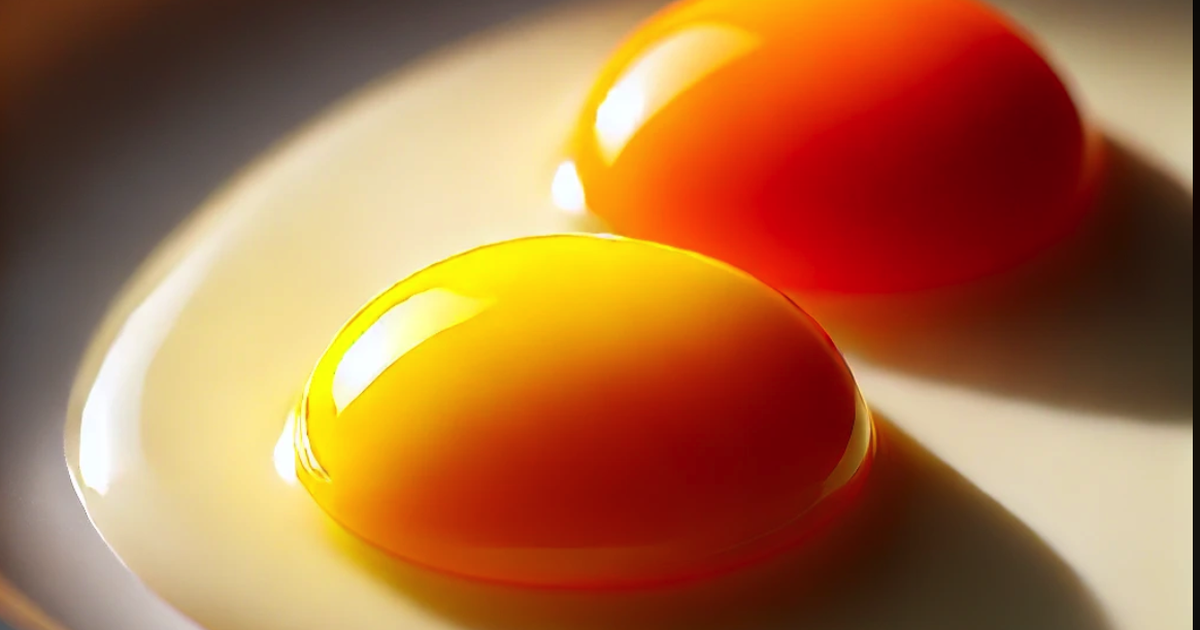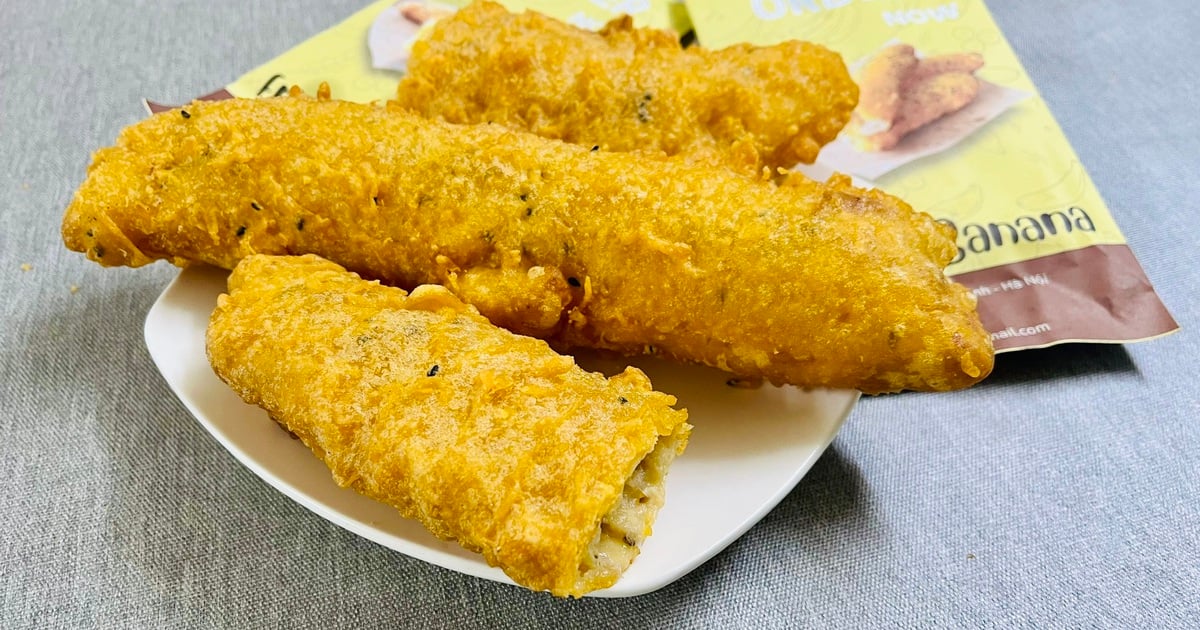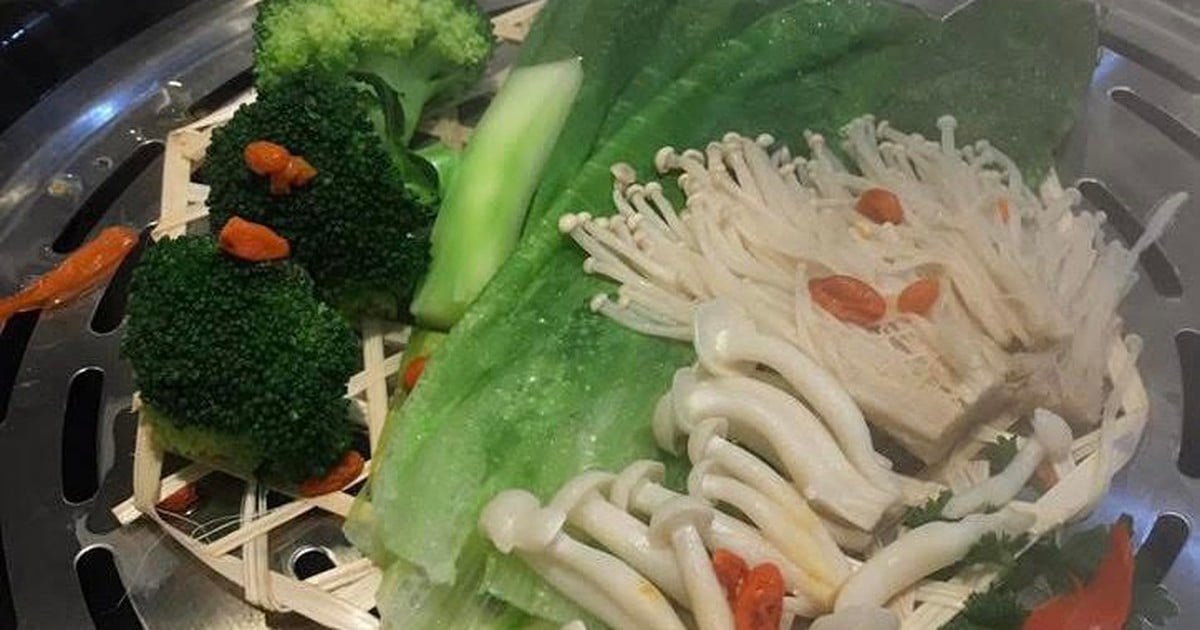According to Yahoo Life, chicken is one of the 'stars' on the dining table thanks to its affordable price, variety in preparation methods and healthier nutritional value compared to other meats.

Chicken is a source of high-quality lean protein, rich in essential vitamins and minerals - Photo: REUTERS
Chicken is a high-quality source of lean protein, rich in essential vitamins and minerals such as zinc, selenium, potassium, B vitamins and many others. However, not all parts of the chicken are created equal. Some parts are more nutritionally beneficial, while others should be consumed in moderation.
White meat
White meat comes from the breast and wings of the chicken. It has a mild flavor and is suitable for dishes such as soups and stews.
White meat is significantly lower in fat, cholesterol, and calories than thigh meat, making it a healthier choice for your heart. Additionally, white meat contains more protein per serving, making it ideal if you want to increase your protein intake.
White meat is also richer in certain vitamins and minerals than thigh meat, such as calcium, phosphorus and magnesium - which are important for bones, teeth and muscles.
However, because white meat is low in fat, it can dry out if overcooked. Experts recommend using quick cooking methods like grilling or pan-frying to keep the meat tender and juicy.
Dark meat
Dark meat includes the thigh, shank, and thigh cheeks. This meat has a richer flavor, a juicier texture, and can be served as the main course of a meal without requiring elaborate preparation.
Dark meat is higher in fat, calories, and sodium than white meat, and has a more tender and appealing texture. It also provides more iron and zinc, which are important minerals for growth and the immune system.
People often think that dark meat is not as healthy as white meat, but this is not entirely true. Although it has more calories, dark meat is still a source of high-quality protein.
Dark meat is also a better choice for those who like to prepare meals in advance, as it retains its tenderness when reheated.
The Healthiest Cuts of Chicken
Chicken breast
Chicken breast is a thin strip of meat attached to the breast, it tastes similar to chicken breast but is more tender.
Chicken breast is very lean, low in calories and fat but high in protein, suitable for those on a low-fat diet. A serving of about 113g provides 110 calories, 25g protein and 1g fat.
Chicken thighs
Chicken thighs are becoming increasingly popular due to their delicious flavor, tender texture, and affordable price. They are also rich in omega-3 fatty acids, B vitamins, vitamins A and K, which help reduce inflammation and may reduce the risk of certain cancers.
To retain the juiciness, choose bone-in chicken thighs and cook them with the skin on, then remove the skin before eating to reduce fat and calories. A 100g serving of boneless, skinless chicken thighs provides 144 calories, 19g of protein and 8g of fat.
Chicken breast
Chicken breast is a great choice for those looking for a lean meat that is low in fat and cholesterol. However, it can dry out if not cooked properly. Brining, marinating, or resting the meat after cooking can help keep it tender and moist.
A 100g serving of boneless, skinless chicken breast contains 106 calories, 23g of protein and 2g of fat.
Chicken parts to eat in moderation
Chicken skin
Chicken skin helps keep the meat moist while cooking, but it is high in fat and cholesterol. If you are following a heart-healthy diet, limit your intake of chicken skin.
Chicken wings
Chicken wings are often served with the skin on and are often deep-fried, which increases the fat and calorie content. To make chicken wings healthier, grill or broil them instead of frying them. A 4-ounce serving of chicken wings with skin provides about 210 calories, 20 grams of protein, and 14 grams of fat.
Processed chicken
Processed meats (like cold cuts) are often high in salt and preservatives. Consuming processed meats has been linked to a higher risk of heart disease, diabetes, and some cancers, so it's best to limit them.
How to cook chicken healthy
We should limit the amount of fat we add when cooking. If we must use oil, choose olive oil or avocado oil to reduce bad cholesterol. You can enhance the flavor by marinating chicken with spices and herbs, instead of using high-calorie sauces.
Avoid breading or frying to reduce calories and fat. When grilling, avoid burning the meat to limit carcinogens. Combine chicken with starches and vegetables for a balanced meal. Note, always cook chicken thoroughly to ensure hygiene.
Source: https://tuoitre.vn/an-phan-nao-cua-thit-ga-la-tot-nhat-cho-suc-khoe-2025020512123021.htm






![[Photo] Prime Minister Pham Minh Chinh receives Chairman of Commercial Aircraft Corporation of China (COMAC)](https://vstatic.vietnam.vn/vietnam/resource/IMAGE/2025/4/14/93ca0d1f537f48d3a8b2c9fe3c1e63ea)












![[Video] Bringing Vietnamese clinical allergy and immunology closer to international standards](https://vstatic.vietnam.vn/vietnam/resource/IMAGE/2025/4/14/7cb0a51750ed491a9dbccb76f9a3c208)






































































Comment (0)